Capital One 2011 Annual Report Download - page 172
Download and view the complete annual report
Please find page 172 of the 2011 Capital One annual report below. You can navigate through the pages in the report by either clicking on the pages listed below, or by using the keyword search tool below to find specific information within the annual report.-
 1
1 -
 2
2 -
 3
3 -
 4
4 -
 5
5 -
 6
6 -
 7
7 -
 8
8 -
 9
9 -
 10
10 -
 11
11 -
 12
12 -
 13
13 -
 14
14 -
 15
15 -
 16
16 -
 17
17 -
 18
18 -
 19
19 -
 20
20 -
 21
21 -
 22
22 -
 23
23 -
 24
24 -
 25
25 -
 26
26 -
 27
27 -
 28
28 -
 29
29 -
 30
30 -
 31
31 -
 32
32 -
 33
33 -
 34
34 -
 35
35 -
 36
36 -
 37
37 -
 38
38 -
 39
39 -
 40
40 -
 41
41 -
 42
42 -
 43
43 -
 44
44 -
 45
45 -
 46
46 -
 47
47 -
 48
48 -
 49
49 -
 50
50 -
 51
51 -
 52
52 -
 53
53 -
 54
54 -
 55
55 -
 56
56 -
 57
57 -
 58
58 -
 59
59 -
 60
60 -
 61
61 -
 62
62 -
 63
63 -
 64
64 -
 65
65 -
 66
66 -
 67
67 -
 68
68 -
 69
69 -
 70
70 -
 71
71 -
 72
72 -
 73
73 -
 74
74 -
 75
75 -
 76
76 -
 77
77 -
 78
78 -
 79
79 -
 80
80 -
 81
81 -
 82
82 -
 83
83 -
 84
84 -
 85
85 -
 86
86 -
 87
87 -
 88
88 -
 89
89 -
 90
90 -
 91
91 -
 92
92 -
 93
93 -
 94
94 -
 95
95 -
 96
96 -
 97
97 -
 98
98 -
 99
99 -
 100
100 -
 101
101 -
 102
102 -
 103
103 -
 104
104 -
 105
105 -
 106
106 -
 107
107 -
 108
108 -
 109
109 -
 110
110 -
 111
111 -
 112
112 -
 113
113 -
 114
114 -
 115
115 -
 116
116 -
 117
117 -
 118
118 -
 119
119 -
 120
120 -
 121
121 -
 122
122 -
 123
123 -
 124
124 -
 125
125 -
 126
126 -
 127
127 -
 128
128 -
 129
129 -
 130
130 -
 131
131 -
 132
132 -
 133
133 -
 134
134 -
 135
135 -
 136
136 -
 137
137 -
 138
138 -
 139
139 -
 140
140 -
 141
141 -
 142
142 -
 143
143 -
 144
144 -
 145
145 -
 146
146 -
 147
147 -
 148
148 -
 149
149 -
 150
150 -
 151
151 -
 152
152 -
 153
153 -
 154
154 -
 155
155 -
 156
156 -
 157
157 -
 158
158 -
 159
159 -
 160
160 -
 161
161 -
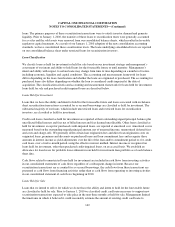 162
162 -
 163
163 -
 164
164 -
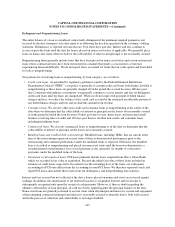 165
165 -
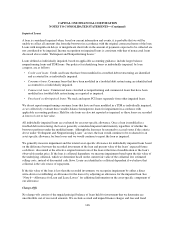 166
166 -
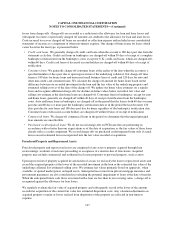 167
167 -
 168
168 -
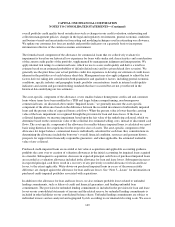 169
169 -
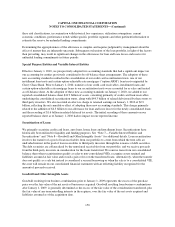 170
170 -
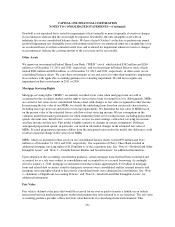 171
171 -
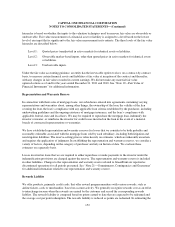 172
172 -
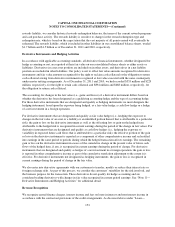 173
173 -
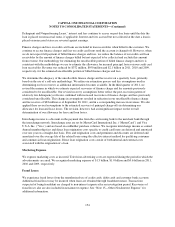 174
174 -
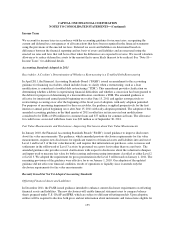 175
175 -
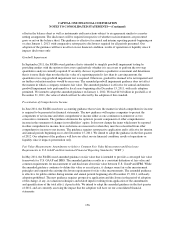 176
176 -
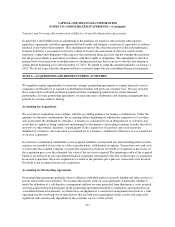 177
177 -
 178
178 -
 179
179 -
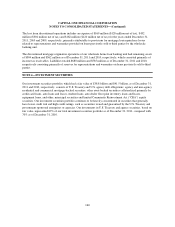 180
180 -
 181
181 -
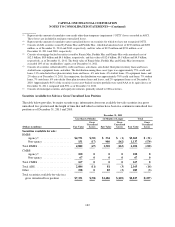 182
182 -
 183
183 -
 184
184 -
 185
185 -
 186
186 -
 187
187 -
 188
188 -
 189
189 -
 190
190 -
 191
191 -
 192
192 -
 193
193 -
 194
194 -
 195
195 -
 196
196 -
 197
197 -
 198
198 -
 199
199 -
 200
200 -
 201
201 -
 202
202 -
 203
203 -
 204
204 -
 205
205 -
 206
206 -
 207
207 -
 208
208 -
 209
209 -
 210
210 -
 211
211 -
 212
212 -
 213
213 -
 214
214 -
 215
215 -
 216
216 -
 217
217 -
 218
218 -
 219
219 -
 220
220 -
 221
221 -
 222
222 -
 223
223 -
 224
224 -
 225
225 -
 226
226 -
 227
227 -
 228
228 -
 229
229 -
 230
230 -
 231
231 -
 232
232 -
 233
233 -
 234
234 -
 235
235 -
 236
236 -
 237
237 -
 238
238 -
 239
239 -
 240
240 -
 241
241 -
 242
242 -
 243
243 -
 244
244 -
 245
245 -
 246
246 -
 247
247 -
 248
248 -
 249
249 -
 250
250 -
 251
251 -
 252
252 -
 253
253 -
 254
254 -
 255
255 -
 256
256 -
 257
257 -
 258
258 -
 259
259 -
 260
260 -
 261
261 -
 262
262 -
 263
263 -
 264
264 -
 265
265 -
 266
266 -
 267
267 -
 268
268 -
 269
269 -
 270
270 -
 271
271 -
 272
272 -
 273
273 -
 274
274 -
 275
275 -
 276
276 -
 277
277 -
 278
278 -
 279
279 -
 280
280 -
 281
281 -
 282
282 -
 283
283 -
 284
284 -
 285
285 -
 286
286 -
 287
287 -
 288
288 -
 289
289 -
 290
290 -
 291
291 -
 292
292 -
 293
293 -
 294
294 -
 295
295 -
 296
296 -
 297
297 -
 298
298
 |
 |
CAPITAL ONE FINANCIAL CORPORATION
NOTES TO CONSOLIDATED STATEMENTS—(Continued)
hierarchy is based on whether the inputs to the valuation techniques used to measure fair value are observable or
unobservable. Fair value measurement of a financial asset or liability is assigned to a level based on the lowest
level of any input that is significant to the fair value measurement in its entirety. The three levels of the fair value
hierarchy are described below:
Level 1: Quoted prices (unadjusted) in active markets for identical assets or liabilities.
Level 2: Observable market-based inputs, other than quoted prices in active markets for identical assets
or liabilities.
Level 3: Unobservable inputs.
Under the fair value accounting guidance, an entity has the irrevocable option to elect, on a contract-by-contract
basis, to measure certain financial assets and liabilities at fair value at inception of the contract and thereafter,
with any changes in fair value recorded in current earnings. We did not make any material fair value
option elections as of and for the years ended December 31, 2011 and 2010. See “Note 19—Fair Value of
Financial Instruments” for additional information.
Representation and Warranty Reserve
In connection with their sales of mortgage loans, our subsidiaries entered into agreements containing varying
representations and warranties about, among other things, the ownership of the loan, the validity of the lien
securing the loan, the loan’s compliance with any applicable loan criteria established by the purchaser, including
underwriting guidelines and the ongoing existence of mortgage insurance, and the loan’s compliance with
applicable federal, state and local laws. We may be required to repurchase the mortgage loan, indemnify the
investor or insurer, or reimburse the investor for credit losses incurred on the loan in the event of a material
breach of contractual representations or warranties.
We have established representation and warranty reserves for losses that we consider to be both probable and
reasonably estimable associated with the mortgage loans sold by each subsidiary, including both litigation and
non-litigation liabilities. The reserve-setting process relies heavily on estimates, which are inherently uncertain,
and requires the application of judgment. In establishing the representation and warranty reserves, we consider a
variety of factors, depending on the category of purchaser and rely on historical data. We evaluate these
estimates on a quarterly basis.
Losses incurred on loans that we are required to either repurchase or make payments to the investor under the
indemnification provisions are charged against the reserve. The representation and warranty reserve is included
in other liabilities. Changes to the representation and warranty reserve related to GreenPoint are reported as
discontinued operations for all periods presented. See “Note 21—Commitments, Contingencies and Guarantees”
for additional information related to our representation and warranty reserve.
Rewards Liability
We offer products, primarily credit cards, that offer reward program members with various rewards, such as
airline tickets, cash, or merchandise, based on account activity. We generally recognize rewards cost as an offset
to interchange income when the rewards are earned by the customer and record the corresponding rewards
liability. The rewards liability is computed based on points earned to date that are expected to be redeemed and
the average cost per point redemption. The rewards liability is reduced as points are redeemed. In estimating the
152
